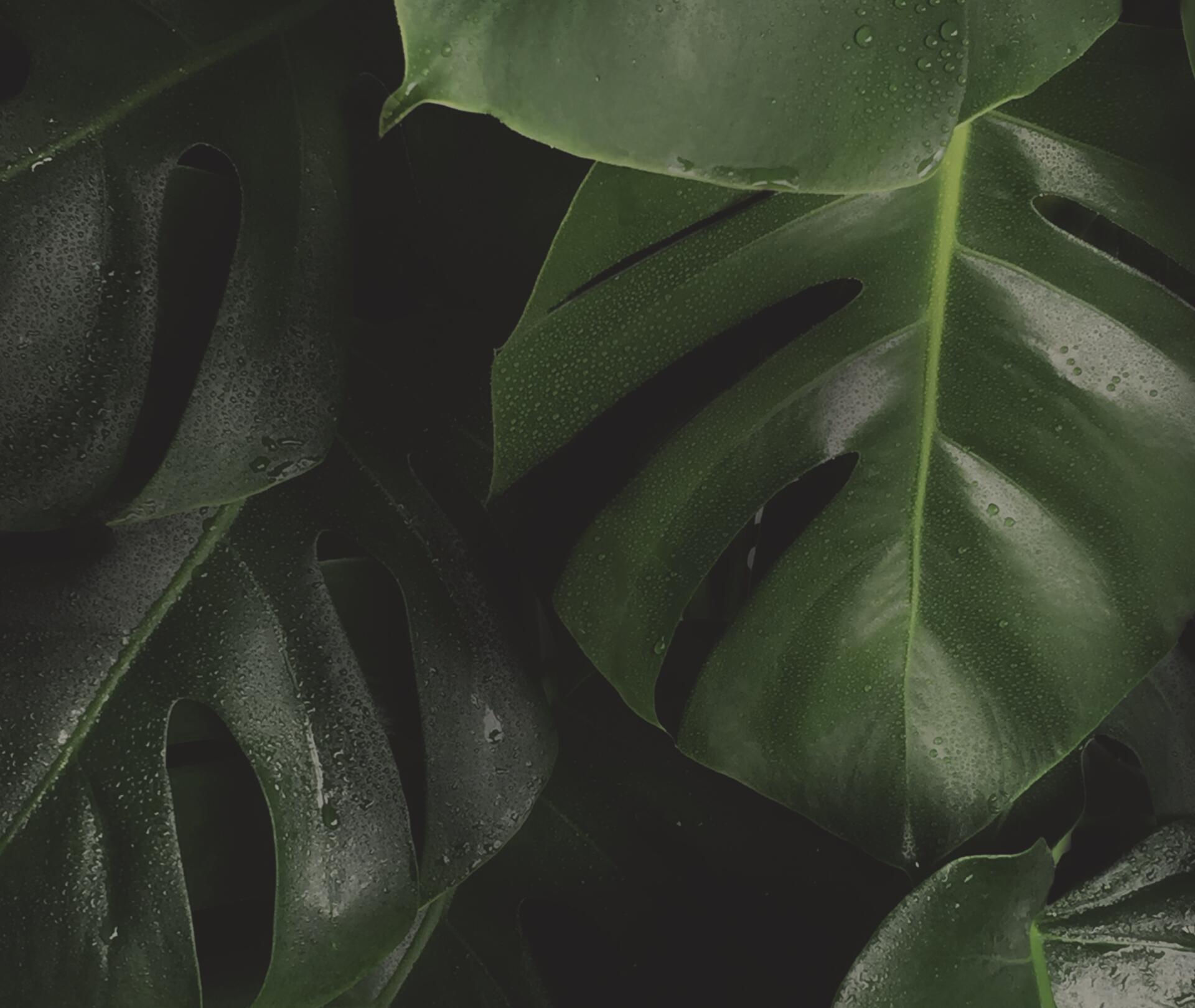
These unsightly white particles that settle on the shoulders of jackets or the collars of blouses disrupt the lives of one in every two people.
It’s a common condition, but socially significant, not only because of the number of people affected, but also because of the impact it can have on people's behavior.
The main reasons for this are the aesthetic repercussions, visible dandruff on clothes, intense and incessant itching of the scalp or the lack of cleanliness of the hair on a daily basis, even if you wash your hair every day. Dark clothes become very difficult to wear, as they reveal this scalp issue to everyone!
But dandruff reflects a deeper physiological problem. It can seriously affect the health of the hair.
So how can we deal with this phenomenon and rediscover the pleasure of looking elegant with a beautiful black jacket or sophisticated in a little navy dress?
The normal turnover time of scalp cells is 21 days. In a healthy scalp, flaking of the corneocytes (the stratum corneum of the epidermis) is a normal phenomenon. It takes place invisibly, because the aggregates are very small. They measure about 30 microns.
Dead scalp cells are shed as tiny, invisible flakes. However, if there is inflammation and excess flaking, the dead cells accumulate and become visible. This is called dandruff.
In the case of inflamed scalps, the flaking of the epidermal cells becomes visible because the aggregates are larger. They can be larger than 200 microns.
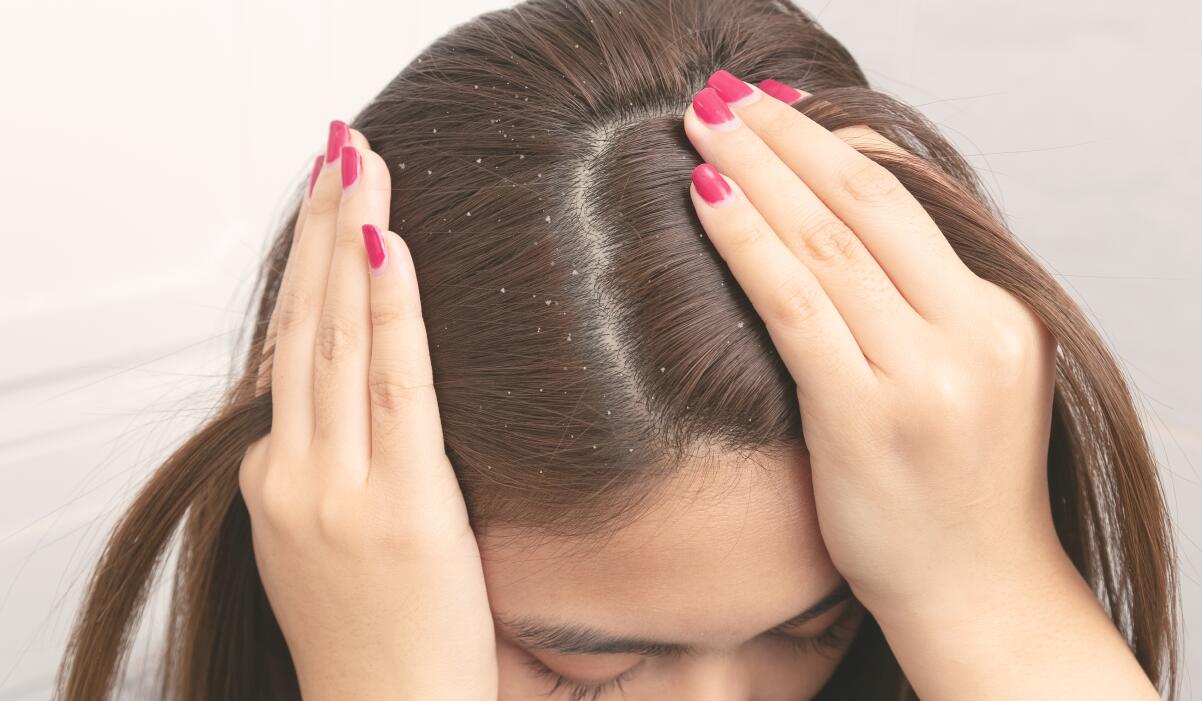
Dandruff is not itself a fungus. Instead, the appearance of dandruff begins with the action of Malassezia Globosa, a fungus that occurs naturally in the microbial flora of the scalp of every individual. But in the case of dandruff, its population increases. This yeast feeds on sebum, which is supposed to protect the scalp, and in turn produces fatty acids that irritate the scalp. This causes the itching sensation. The scalp reacts to this irritation by accelerating the cell renewal process, which in turn increases flaking. The vicious cycle begins!
Dandruff, called Pityriasis Capitis, is made up of a group of several keratinocytes linked together by a form of cement.
They are sufficiently large and consistent enough to be noticeable and form the “powdery snow” are all so familiar with.
There are 3 diagnosable dandruff conditions (dry dandruff, oily dandruff and seborrheic dermatitis of the scalp).
Whatever the case, the exact causes are not well known. However, it seems that the appearance of dandruff is the result of a combination of different elements.
This phenomenon, when reduced to three days instead of the usual eight days, leads to more significant flaking. The stratum corneum is thinner and the lipids of the scalp are altered.
These yeasts feed on organic matter and dead cells. Normally representing 50% of the saprophytic flora of a healthy scalp, they are present in 75% of dandruff conditions. This growth can be caused by significant seborrhea (sebum secretion). This yeast transforms the triglycerides in the sebum into irritating fats, which obviously causes itching and inflammatory reactions that accelerate the renewal of the scalp cells.
This plays a permissive role, because the saprophytic yeast, Pityrosporum Ovale, is fat soluble.
A genetic theory also suggests that the decrease in local immunity favors the imbalance of the flora allowing Pityrosporum Ovale to proliferate.
This alteration leads to a decrease in the intercellular lipids of the inter-corneocyte cement, which disrupts the water retention capacity. The decrease in the rate of hydration results in reduced functioning of the enzymes responsible for the corneocyte deterioration that causes dandruff.

Stress, overwork, hyper-seborrhea and a lack of sleep all contribute to scalp imbalances and can cause dandruff.
Pollution, water quality, the use of unsuitable hair products and seasonal factors can all lead to excessive scalp flaking.

IN LESS THAN 2 MINUTES
This is the kind that causes the appearance of “white snow” on the shoulders.
It is rare in children. This type of dandruff appears at puberty and tends to decrease with age, causing the most issues between the ages of 20 and 30.
These conditions evolve in flare-ups, sometimes triggered by stress, but also by dietary, therapeutic or seasonal factors. This type of dandruff is indeed less abundant in summer than in winter.
There are two easy-to-differentiate sub-categories, according to their appearance and their adherence to the scalp: dry or oily dandruff.
This dandruff consists of very fine dry particles, as the name suggests, which easily detach from a dry scalp.

This is the most common type of dandruff. Dry dandruff appears mainly between the ages of 15 and 30. In this case, there is an accelerated renewal of the scalp cells: 7 to 10 days instead of the usual 21 days.
It looks like a dry, fine, white or grayish powder and flakes off when the scalp is lightly scratched.
It doesn’t adhere to a dry scalp, but there is no redness or oozing. However, it can cause irritation.
This condition can be corrected quickly with the appropriate treatment. It should be noted that, although this problem is easily resolved, it can reoccur.
We therefore recommend using an anti-dandruff shampoo featuring natural active ingredients. Essential oils, for example, with their purifying properties, will eliminate dry dandruff and limit the risk of recurrence. Other active ingredients can reduce itching and limit excess sebum secretion by the sebaceous glands.
Oily dandruff is much larger than dry dandruff because it is bound together by sebum, which acts as a glue.
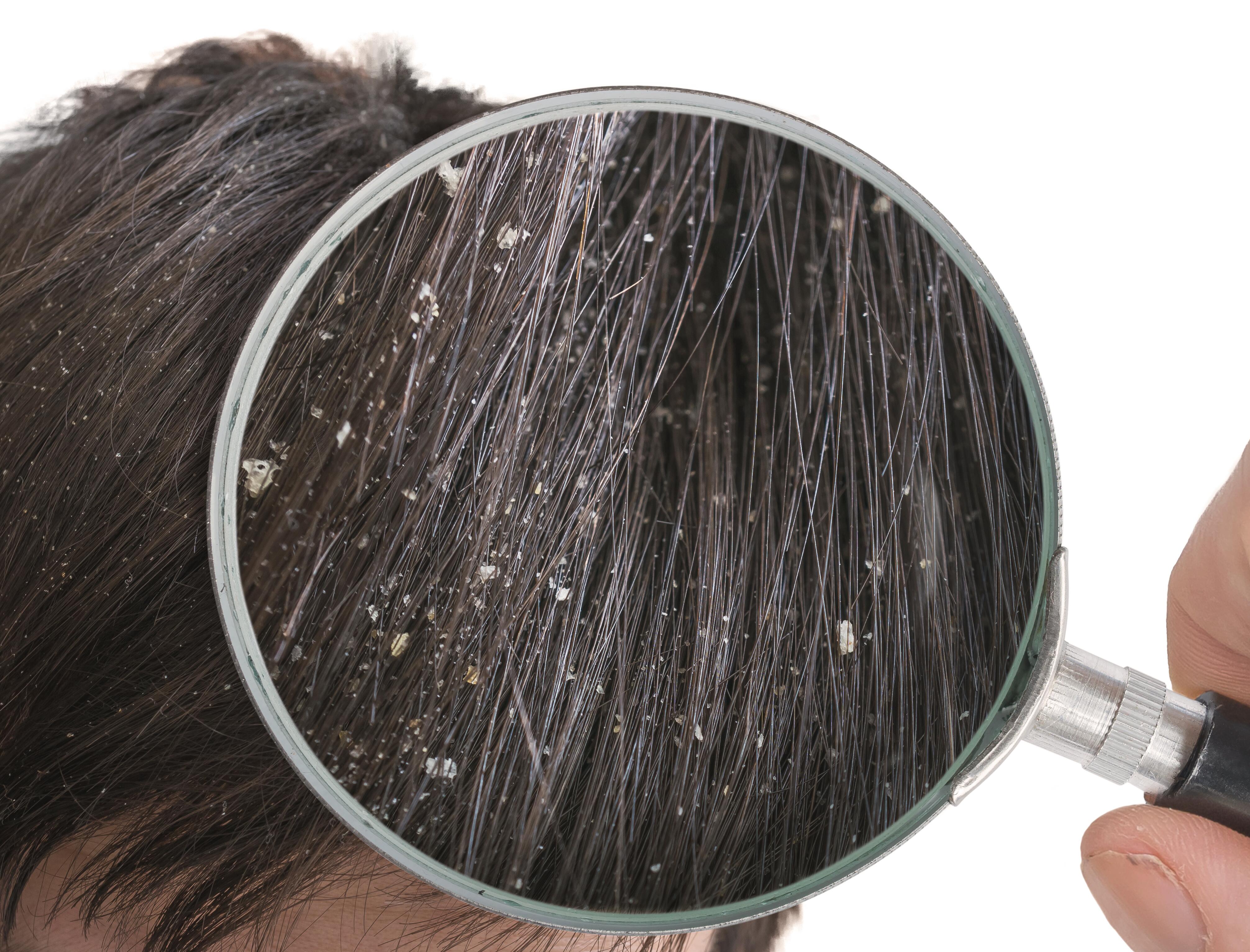
Unlike dry dandruff, oily dandruff can affect the hair.
Stuck together, they form a compact type of sludge on the surface of the scalp, which suffocates the hair roots and can lead to hair loss. The more sebum is secreted, the more the epidermis is asphyxiated. The more the epidermis suffocates, the more sebum it produces. This is a vicious circle that must be broken.
Oily dandruff is mainly found in the area behind the ears and near the temples. It appears mainly at puberty. It has the appearance of greasy, yellowish flakes, amalgamated by sebum. It sticks to the hair and is exacerbated by scalp inflammation.
It is often accompanied by intense itching, which can cause lesions that may become infected.
Treatment for oily dandruff is more difficult than for dry dandruff.
This category of dandruff includes seborrheic dermatitis of the scalp, psoriasis, ichthyosis, ringworm and pityriasis amiantacea.
These are chronic scalp conditions that require medical attention.
The presence of dandruff is, first and foremost, an aesthetic issue. The desire of all dandruff sufferers is to quickly regain beautiful, healthy, clean hair without any flakes.
Today, we place more and more importance on our appearance, on our seductive image, but also on our well-being. Psychologically, the elimination of dandruff allows us to restore our well-being and confidence.
An effective treatment must fulfill two functions:
The risk of recurrence must be treated. After all, with a recurrence, the inflammation increases... as does the stress of seeing dandruff reappear. The scalp becomes more itchy, the Pityrosporum Ovale continues to grow. This becomes avicious cycle.
To sum everything up, dandruff appears due to a four-stage process: the multiplication of epidermal cells, excessive flaking, the proliferation of yeasts, as well as irritation and inflammation.
An anti-dandruff shampoo must therefore target these four causes in order to respond effectively, rapidly and, above all, lastingly to this problem by:
To do this, the use of natural active ingredients is very important. Not only are they very effective, they are also respectful of the scalp which, due to its inflammatory state, needs to be treated gently.
Among these natural active ingredients, tea tree (Melaleuca Alternifolia) essential oil is a strong ally in the fight against dandruff. Its therapeutic benefits are numerous:
The leaves of this plant are also used by the Australian aboriginals to treat open wounds and skin infections.
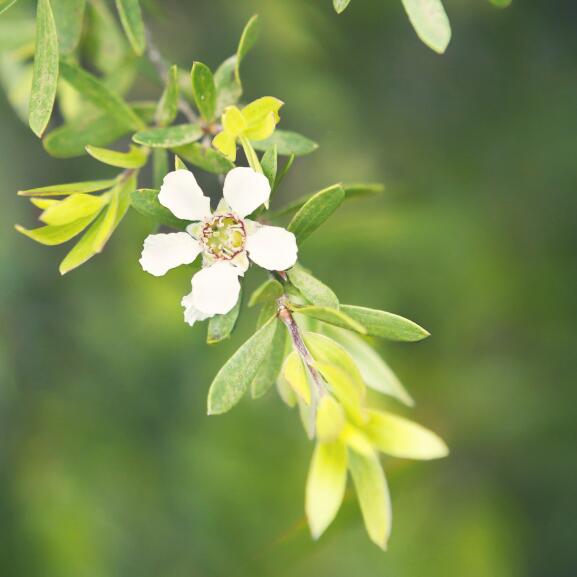
Camphor is also another excellent ingredient, as it has a cooling effect on the scalp. Curbicia extract, with its anti-seborrheic properties, also helps to regulate excess sebum and restore balance to the scalp.
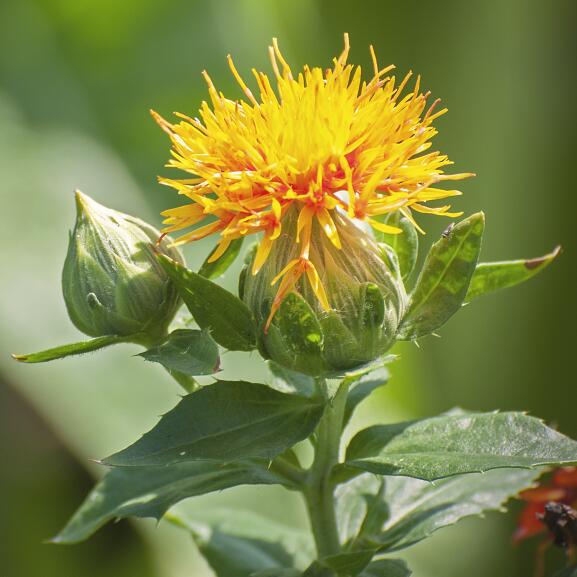
Safflower oil, a particular species of thistle, is known for its nourishing qualities and excellent moisturizing power. Its oil is very rich in essential fatty acids that restore the hydrolipidic film. These nutrients are essential to the health of the dry scalp and therefore to the beauty of the hair.
By combining these natural active ingredients with other agents that help normalize cell renewal and effortlessly eliminate dandruff, a shampoo can offer a lasting purifying action and thus limit the risk of recurrence. The result is visible: the scalp is cleansed and the hair becomes soft and shiny once again.
It is only by acting over the long term that a treatment can claim the real anti-dandruff effectiveness of its active ingredients.

Tip 1: Use styling products that aren’t too aggressive.
Tip 2: Choose styling gels that are silicone-free and contain little alcohol.

